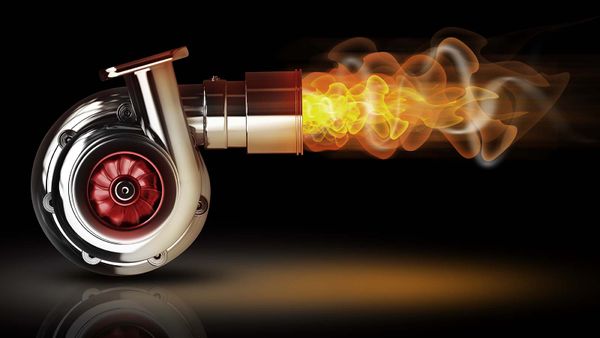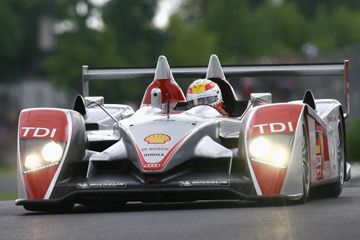Turbo chargers are great for boosting your car engine’s horsepower. Turbochargers are able to compress roughly double the amount of air as a regular engine, so that more fuel can be burned, and as a result, the car can accelerate and move faster. The only problem is that when you press down on the accelerator, there’s a lag before the turbine picks up speed, and then suddenly the car lurches forward.
One solution is to reduce the weight of the rotating parts. This way, the turbine and compressor can accelerate faster. A large turbocharger has a heavy turbine and a weighty compressor. Both take time to rev up. A small-sized turbocharger can give your car a power boost quickly, at lower engine speeds. But what happens when your car speeds up and needs yet another boost? You step on the gas and lots of air enters the engine, which could potentially cause the small turbocharger to spin like crazy. This is why most automotive turbochargers are installed with a handy little valve, called a wastegate. The wastegate responds to the boost in pressure. If the pressure is too high, this often indicates that the turbine is spinning too quickly. The wastegate fixes the problem by channeling some of the exhaust around the turbine blades in order to slow the turbine down.
Advertisement
Some car owners choose to install both a small and a large turbocharger. The small turbocharger allows them to accelerate quickly at low speeds, without experiencing any lag, and the large turbocharger gives an added power boost at high speeds. Lag can be further minimized by swapping the standard fluid bearings in the turbocharger, with sophisticated ball bearings. These ball bearings are designed to be used with a smaller and lighter turbine shaft. They also reduce the friction caused by the spinning, so that the turbocharger can accelerate faster.


